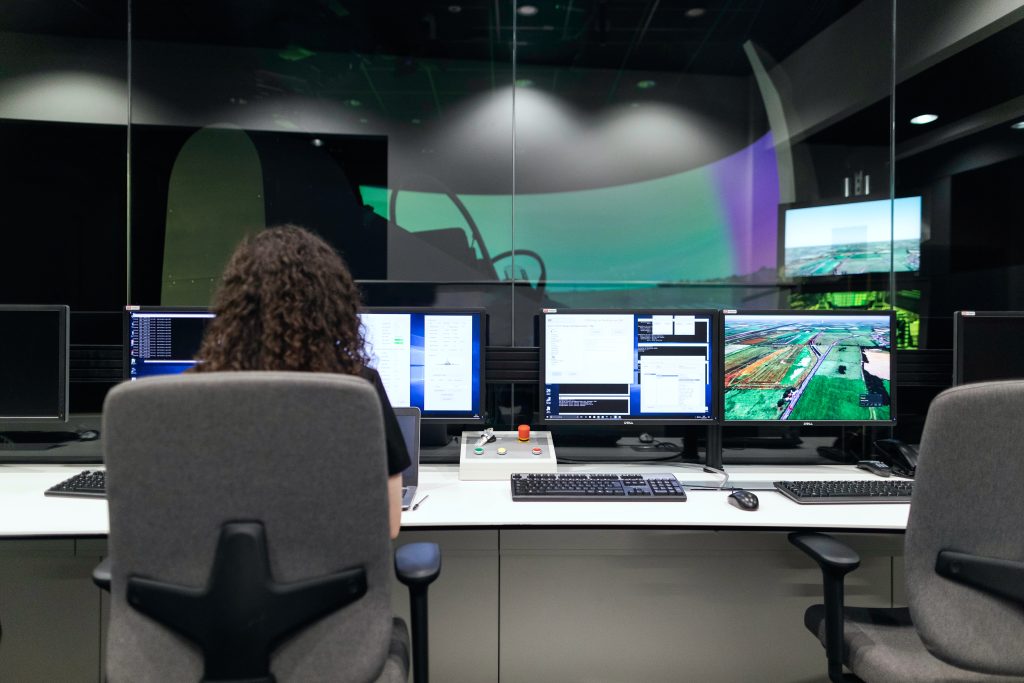
Photovoltaic (PV) system simulation software such as PVsyst can be an incredibly useful tool in designing and evaluating the performance of a PV system. However, it is important to ensure that certain best practices are followed and that a thorough check is performed both before and after running a simulation to ensure the accuracy and reliability of the results.
Before Running the Simulation:
Input Data Validation: The first and most crucial step is to ensure that all input data is accurate and reliable. This includes information such as site location, weather data, system components, and other relevant parameters. It is recommended to cross-check the data from multiple sources to minimize the possibility of errors.
Tilt and Orientation: The tilt and orientation of the PV modules have a significant impact on the energy output of the system. It is important to ensure that the correct tilt and orientation angles are used in the simulation, taking into account factors such as local shading, terrain, and nearby structures.
Irradiance and Temperature Data: Hourly irradiance and temperature data are essential inputs for the simulation. It is important to ensure that the data is representative of the site location and is obtained from a reliable source.
System Configuration: The configuration of the PV system, including the number and type of PV modules, inverter capacity, battery capacity, and charge controller specifications, should be carefully selected based on the specific needs of the project. It is important to ensure that the selected components are compatible and appropriate for the system.
Simulation Settings: PVsyst provides various settings that can be adjusted to customize the simulation. These include system losses, electrical parameters, and other factors. It is important to ensure that the correct settings are used based on the specific project requirements.
After Running the Simulation:
Results Validation: Once the simulation is complete, it is important to carefully review and validate the results. This includes checking the energy output, system losses, and other parameters. It is also recommended to compare the results with actual measurements if available.
Sensitivity Analysis: A sensitivity analysis can be performed to identify the parameters that have the greatest impact on the energy output of the system. This can help to identify areas for improvement and optimize the system design.
Performance Ratio Calculation: The performance ratio (PR) is an important parameter that reflects the efficiency of the PV system. It is calculated by dividing the actual energy output by the theoretical energy output. It is important to ensure that the PR is within an acceptable range based on the specific project requirements.
Report Generation: PVsyst provides various reports that can be generated based on the simulation results. It is important to carefully review and verify the accuracy of these reports before sharing them with stakeholders.
Recommendations and Improvement: Based on the simulation results and analysis, recommendations and improvements can be made to optimize the performance of the PV system. This can include changes to the system configuration, component selection, or operation and maintenance practices.
In conclusion, PV system simulation software such as PVsyst can be a powerful tool in designing and evaluating the performance of a PV system. However, it is important to follow best practices and perform a thorough check both before and after running the simulation to ensure the accuracy and reliability of the results. By doing so, stakeholders can have confidence in the system design and make informed decisions based on the simulation results.
